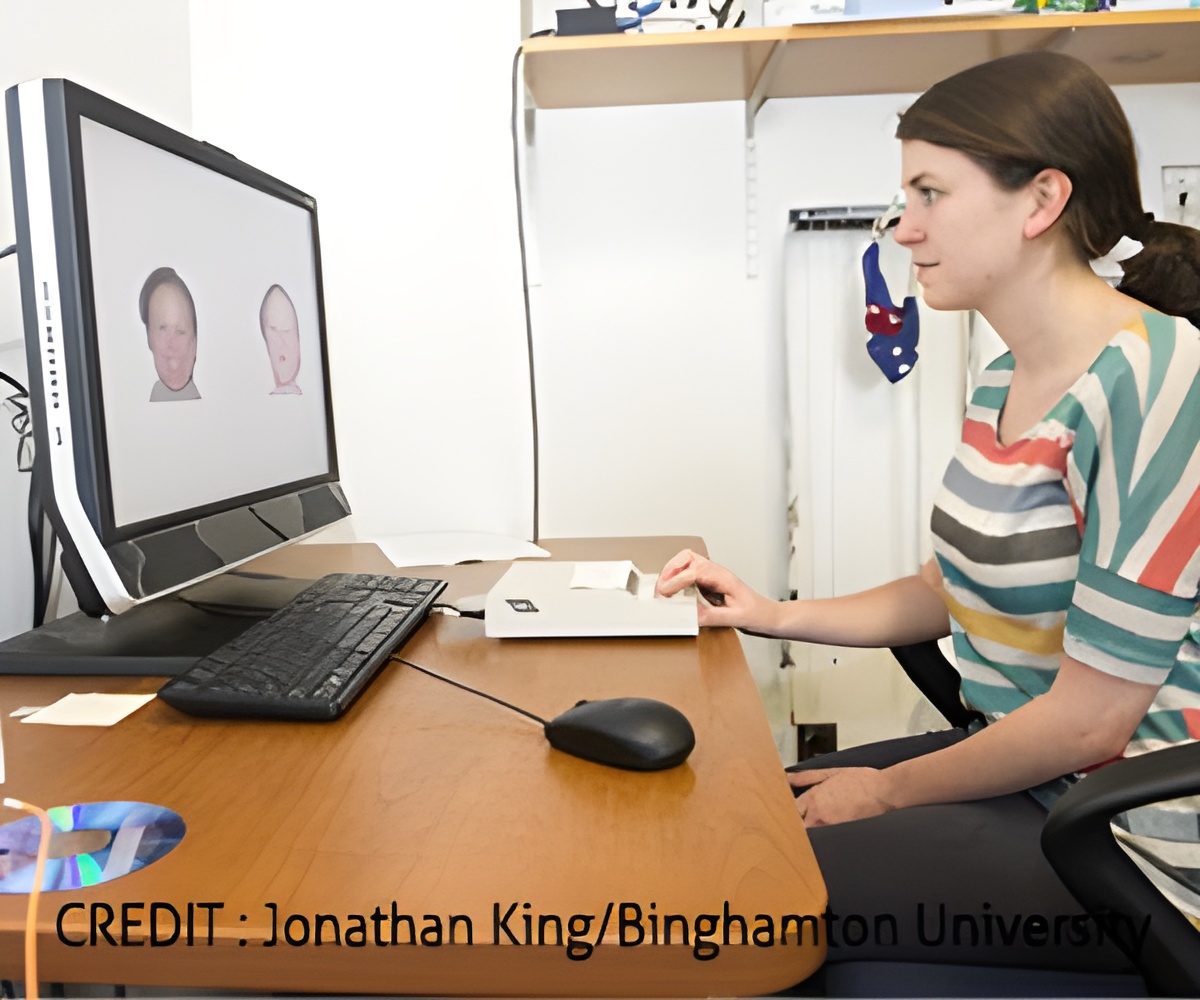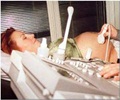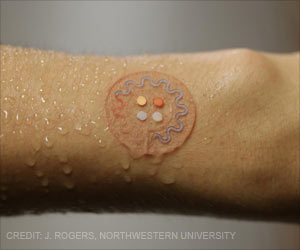Pupillary response to negative stimuli like anger and sad faces, but not positive stimuli predicts the risk of depression recurrence.

- Depression is a mood disorder that causes perpetual feeling of sadness or loss of interest.
- It is the leading cause of disability in US for ages 15 to 44 years.
- A new test predicts the risk for depression relapse by looking at the pupillary dilation in reaction to negative emotional faces.
- Physical examination- Health professional conducts physical examination and asks a few questions on general health and well-being
- Blood tests- Includes a complete blood count or thyroid function test.
- Psychological evaluation- Doctor enquires on the patient’s symptoms, thoughts, feelings and behavior patterns.
Researchers at Binghamton University, led by PhD student Anastacia Kudinova, aimed to examine whether physiological response to emotional stimuli, assessed via pupil dilation, served as a biological marker of risk for depression recurrence among individuals who are known to be at a higher risk due to having previous history of depression.
Researchers recruited 57 women with a history of major depressive disorder (MDD).
The change in pupil dilation in response to angry, happy, sad and neutral faces were recorded.
The team found women's pupillary reactivity to negative (sad or angry faces) stimuli but not positive stimuli prospectively predicted MDD recurrence.
The researchers also found that both high and low reactivity to angry faces predicted risk for MDD recurrence.
Depression also known as major depressive disorder or clinical depression is a serious mood disorder. It is a common condition that causes severe symptoms which affects the way one feels, thinks, and handles daily activities, such as sleeping, eating, or working.
Statistics
- Major depressive disorder affects approximately 14.8 million American adults, or about 6.7 percent of the U.S. population age 18 and older, in a given year.
- Depression is the leading cause of disability in the U.S. for ages 15 to 44.3.
- While major depressive disorder can occur at any age, the median age at onset is 32.5 years.
- It is more prevalent in women than in men.
This offers the clinicians with a convenient and inexpensive method to predict which of the at-risk women are more likely to experience depression recurrence.
"It's a bit complicated because different patterns of findings were found for pupil reactivity to angry versus sad faces. Specifically, really high or really low pupil dilation to angry faces was associated with increased risk whereas only low dilation to sad faces was associated with risk (high dilation to sad faces was actually protective)," said Brandon Gibb, professor of psychology at Binghamton University and director of the Mood Disorders Institute and Center for Affective Science.
References
- Depression-Facts & Statistics - ( https://www.adaa.org/about-adaa/press-room/facts-statistics)
Source-Medindia















